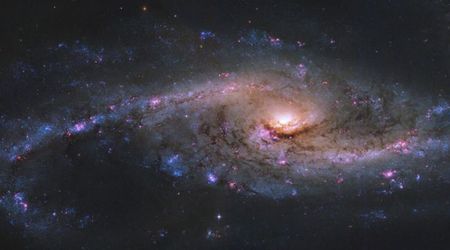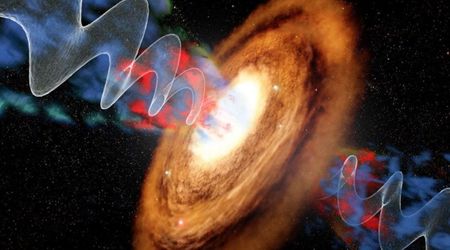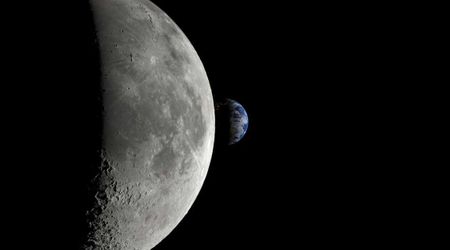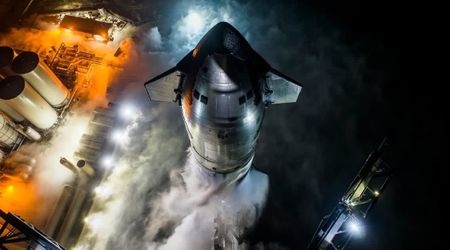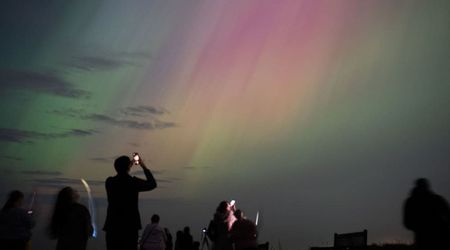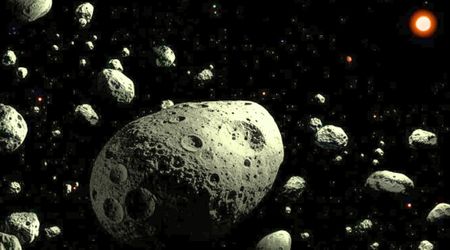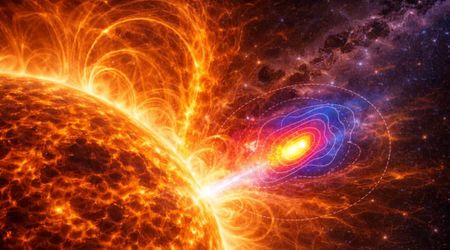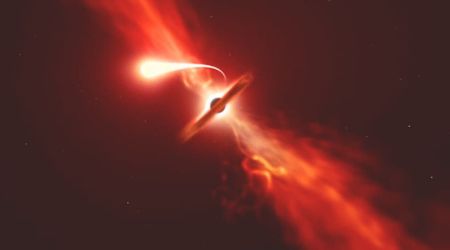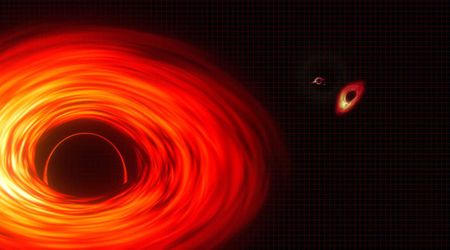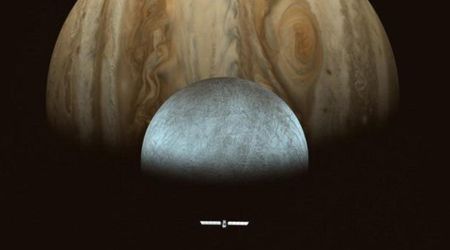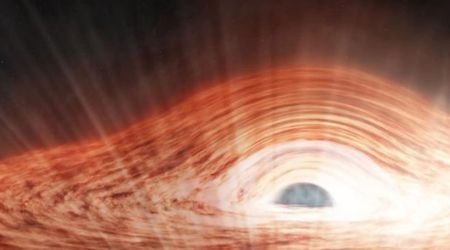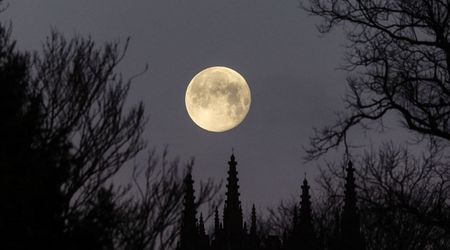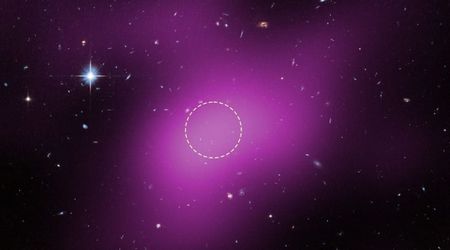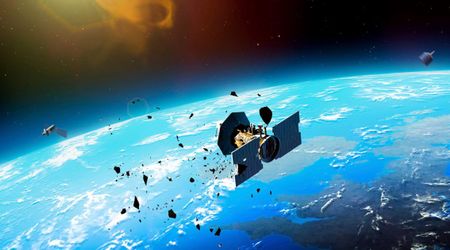
About Author
Raj is a science writer at Starlust, where he explores the cosmos, one story at a time. With a background in entertainment journalism and a lifelong love of storytelling, Raj brings a unique narrative lens to the universe — weaving together celestial facts, skywatching guides, and the deeper questions inspired by space.
Raj believes that space writing should not just inform, but spark curiosity. Whether he’s diving into the latest astronomical discovery or decoding the Moon’s daily rhythm, his goal is always the same: to remind us how thrilling it is to be part of a universe this vast.
Area of Interest
Raj enjoys going to cafes and interacting with people. He is classically trained and enjoys doing his riyaaz now and then. He also loves animals and occasionally volunteers at an animal shelter close by.
Previous Experiences
Raj has worked in the entertainment beat for almost 3 years. Apart from entertainment, raj likes to dabble in the world of pop culture and breathes, sleeps, and eats gossip (the good one).

